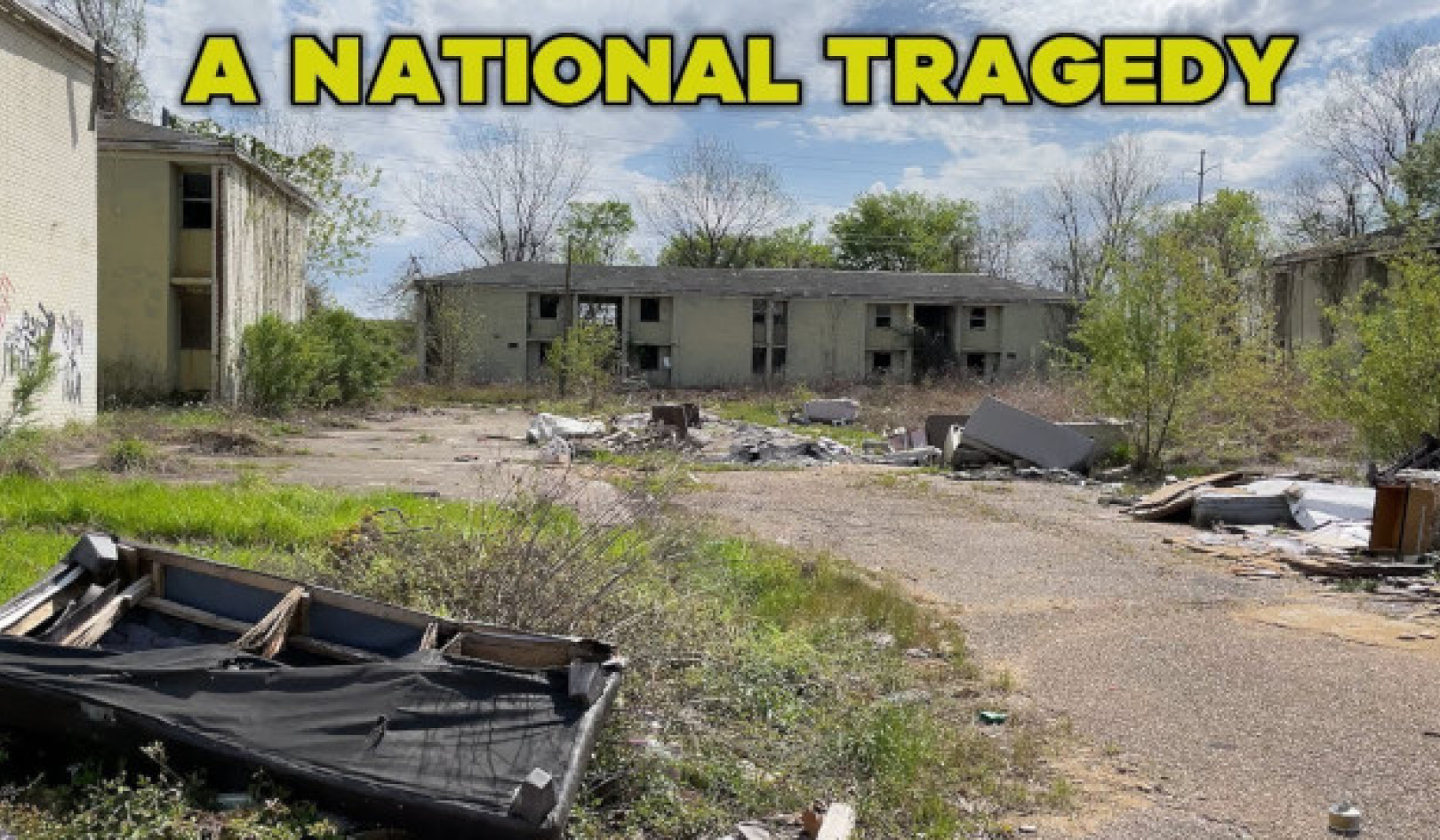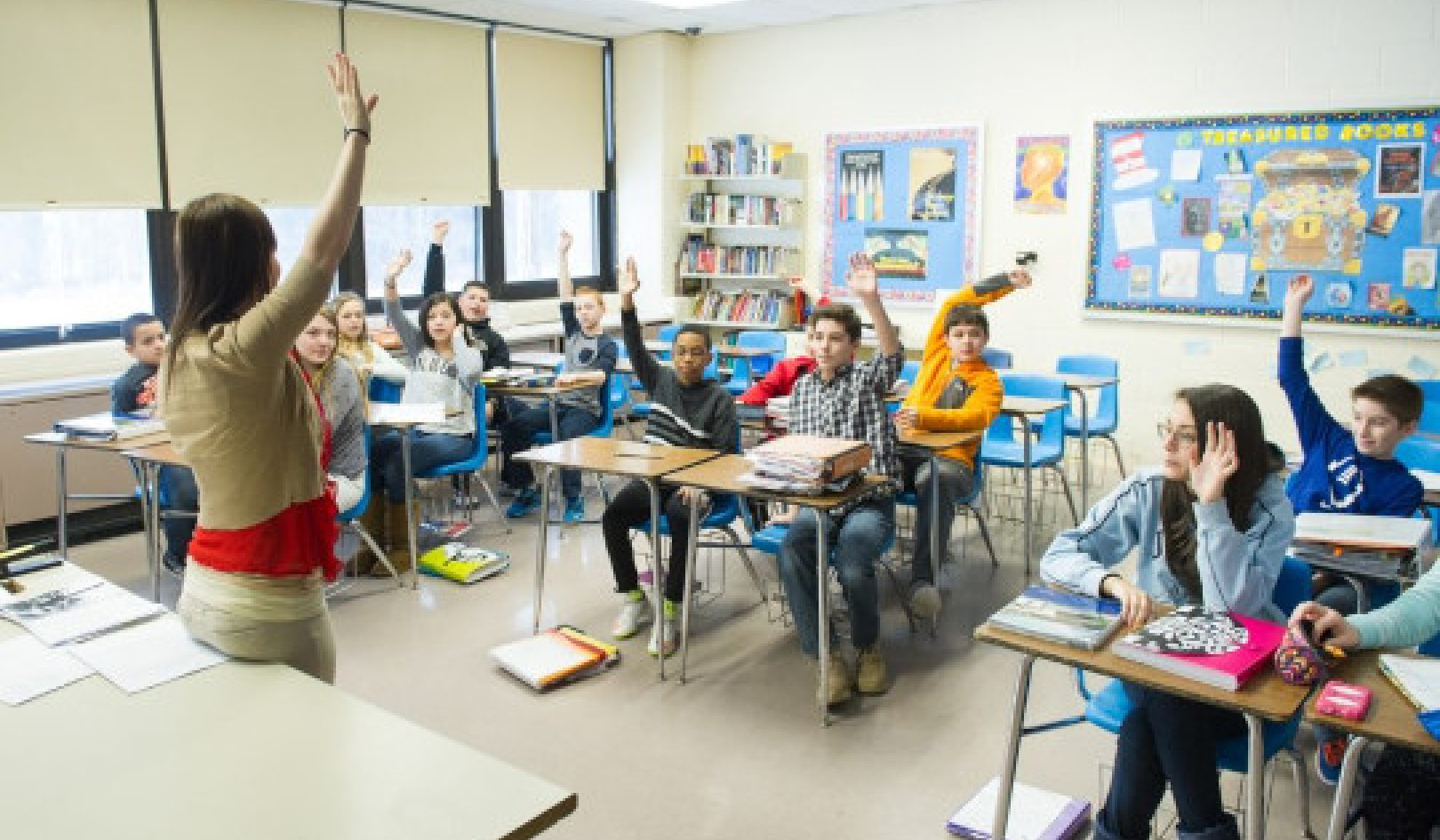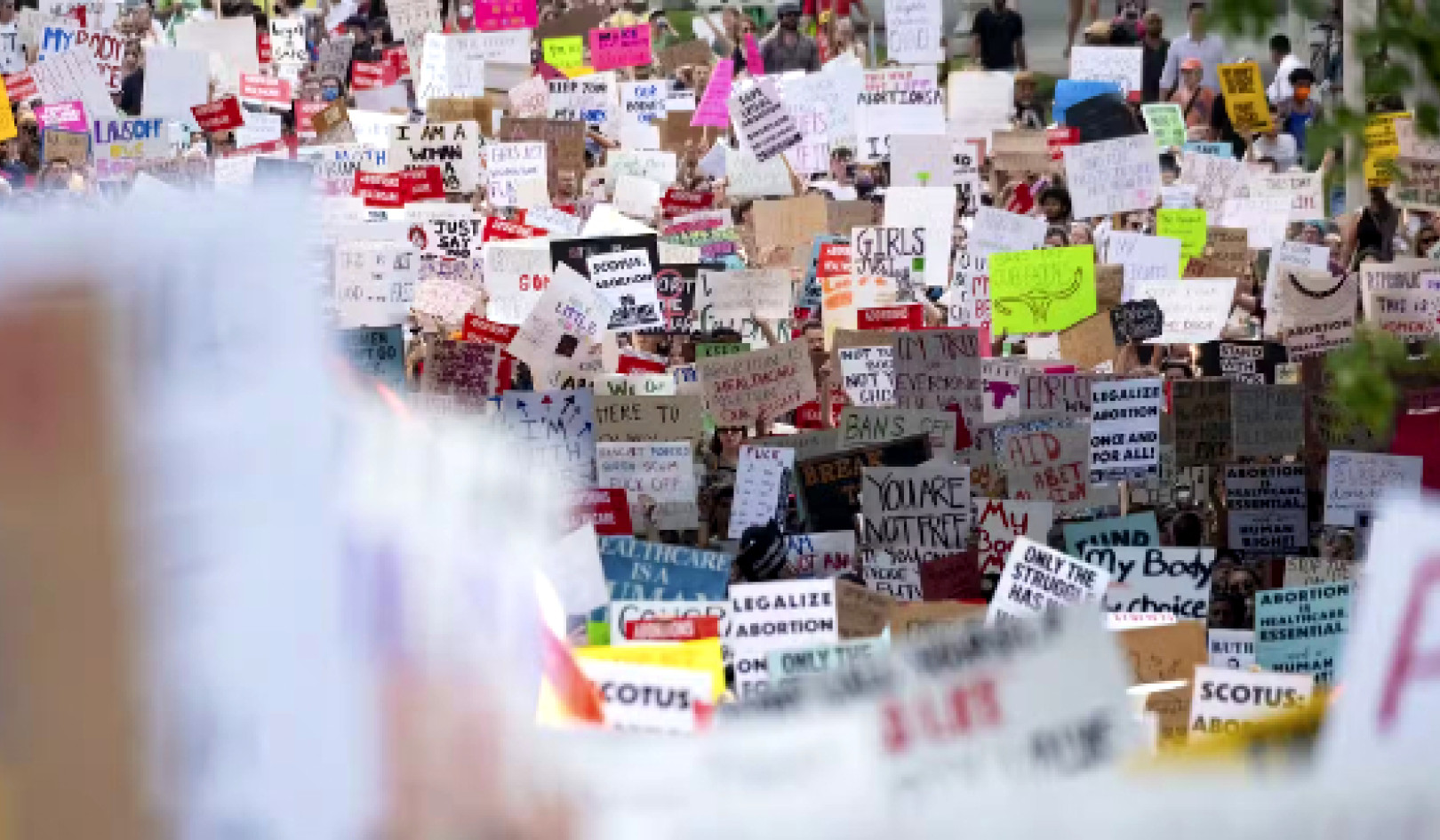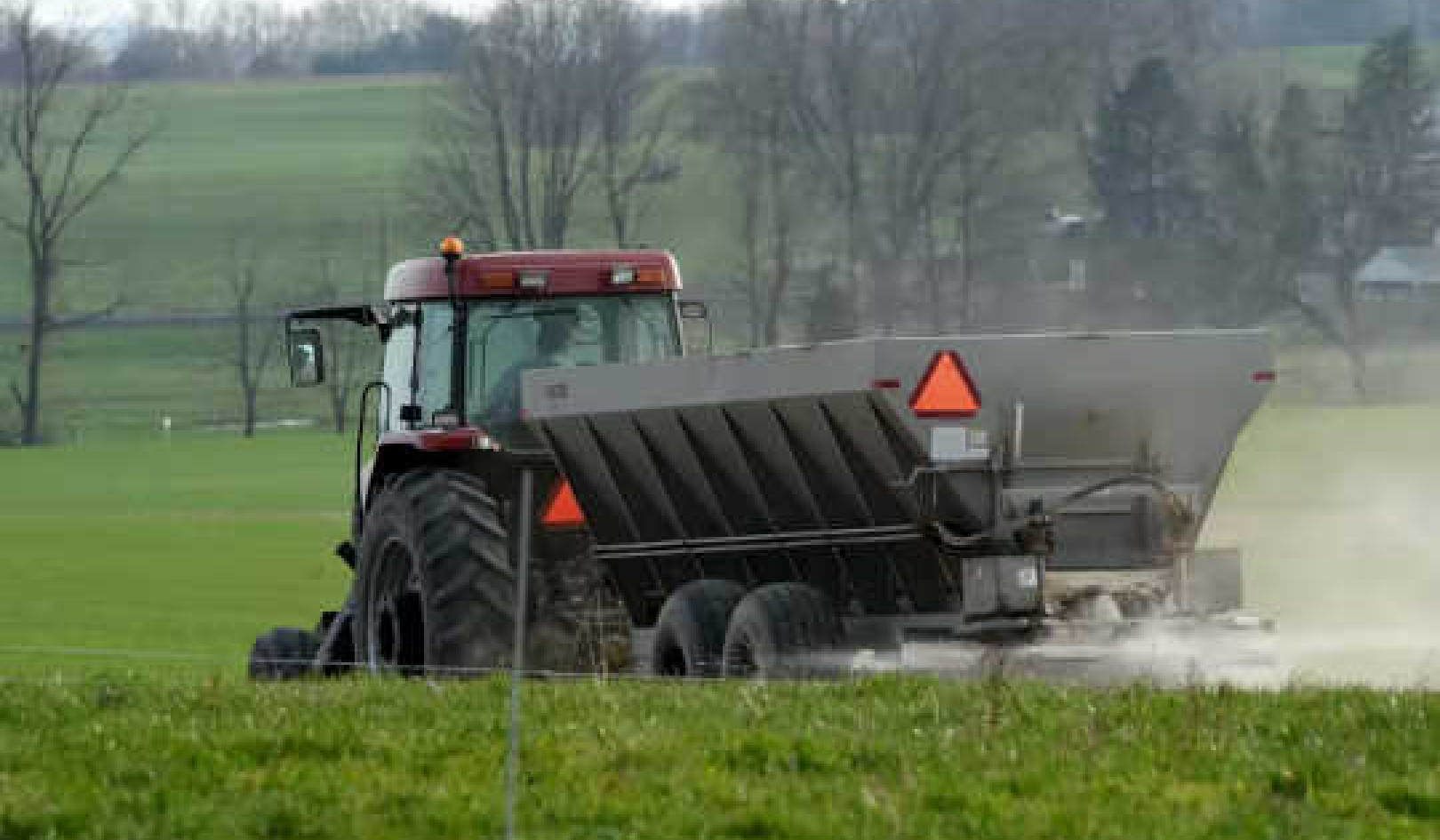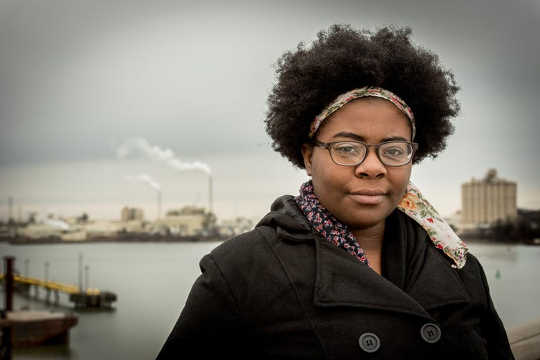
Destiny Watford and other Baltimore youth leaders derailed plans to build a big incinerator in their neighborhood. The Goldman Environmental Prize, CC BY-NC-ND
More Americans are trying to make their voices heard these days.
Approximately one in five Americans participated in a protest or rally between early 2016 and early 2018, according to a Washington Post-Kaiser Family Foundation poll. A similar proportion reported they expected to become more involved in political causes in the next year.
Similarly, the number of women running for state and federal offices soared during the 2018 midterm elections. The ease of using social media appears to be ramping up virtual protesting too.
In addition to making your objections heard in the streets or with tweets, there are many other ways you can influence public policies.
In our book “Citizen Participation in the Age of Contracting,” we identify several things anyone can do to make their community a better place.
1. Talk to your leaders
One approach is telling government officials what you think about public policies and services. Ordinary people can do this many different ways.
You can write letters to your local paper, serve on task forces, email elected representatives or provide input on proposed new policies.
You can also speak up at public events like school board and county board meetings. In some cases, this feedback can make a real difference.
For example, a group of Baltimore teens formed a group called Free Your Voice when they learned of plans to build the nation’s largest trash-burning incinerator less than a mile from their high school.
The local school system, other city agencies and local nonprofits had already signed contracts to buy energy from the incinerator. But once members of the group made a passionate plea at a school board meeting about their concerns regarding the potential pollution in an already contaminated neighborhood, those officials reversed their decision. Other organizations soon followed the school district’s lead.
Members of Free Your Voice succeeded following years of hard work and countless more meetings, mobilizations and innovative attempts to make their case. The company planning to build the incinerator eventually lost its permit.
Destiny Watford, a member of the youth-led group Free Your Voice, spent years trying to block plans to build an incinerator in her low-income Baltimore neighborhood:
{youtube}https://youtu.be/e_P3GdNZFE8{/youtube}
2. Partner with the authorities
Another approach is to get involved at the grassroots level by helping local governments and nonprofits solve problems. Establishing and caring for community gardens is one way to do this in a country where roughly one in eight lack regular access to affordable, nutritious food.
To address this problem, community activists in New York City founded BLK ProjeK – one of dozens of such projects involving partnerships between nonprofits and local authorities formed since 1978 through the city’s Green Thumb program. The New Yorkers who plant, till and harvest more than 500 community gardens are producing 87,000 pounds of food each year.
With about 18,000 community gardens planted across North America, there are opportunities everywhere to get involved.
GreenThumb community gardens are located in all five of New York City’s boroughs:
{youtube}https://youtu.be/rJbTOAP2Shk{/youtube}
3. DIY nonprofit
A third alternative is to join a nonprofit board or even start your own organization.
There are more than 1.5 million U.S. nonprofits, including thousands that are working hard to make communities better by helping vulnerable groups like the disabled, victims of domestic violence and at-risk youth.
All of them must have a board of directors that helps guide the nonprofits’ goals and programs. In most cases, the people serving on these boards are unpaid volunteers. Another option is to form a new nonprofit to address unmet needs.
As the Baltimore battle against the incinerator suggests, even kids can do this.
In 2007, Mackenzie Bearup of Alpharetta, Georgia, found out that a local residential treatment facility was trying to start a library because the children there did not have books. Bearup, a 13-year-old suffering from an incurable disease, organized a children’s book drive and collected books from friends and neighbors to donate to the library.
The project quickly grew. Along with her brothers Alex and Benjamin, she founded Sheltering Books. By March 2015, the nonprofit had donated 460,000 books to shelters.
CNN declared Mackenzie Bearup a ‘young wonder’ for her efforts to give books to shelters for homeless and abused children:
{youtube}https://youtu.be/8oslvkgfy5U{/youtube}
Do your homework
Whatever strategy suits you best, get your facts straight before getting started. Managers at public and nonprofit agencies told us that members of their communities sometimes made suggestions that were unrealistic or would violate current policies or regulations.
Learn as much as you can about the issues you are passionate about, whether it is the environment, education or the opioid crisis. Just as importantly, do your best to understand what the local needs are and what services are already available in your community.
That way, you can ask better questions about what is missing, and your feedback and recommendations will be more helpful.
Local authorities often dismiss engagement and activism as NIMBYism – a reflexive not-in-my-back-yard response to any local construction project.
But we believe these voices can be legitimate. This quieter kind of activism, in our view, is at least as important as mass protests.![]()
About The Authors
Kristina Lambright, Associate Dean of the College of Community and Public Affairs, and an Associate Professor of Public Administration, Binghamton University, State University of New York and Anna Amirkhanyan, Associate Professor of Public Administration and Policy, American University
This article is republished from The Conversation under a Creative Commons license. Read the original article.
Related Books
at InnerSelf Market and Amazon

















